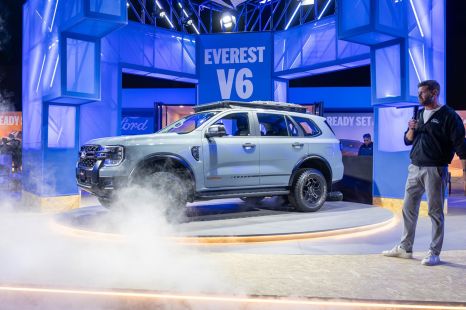

Damion Smy
Ford Everest Tremor gets 260kW V6 ‘Ranger Raptor’ treatment
1 Hour Ago
Tesla may have brought EVs into the mainstream, but it was far from the first brand to experiment with the technology.

Contributor
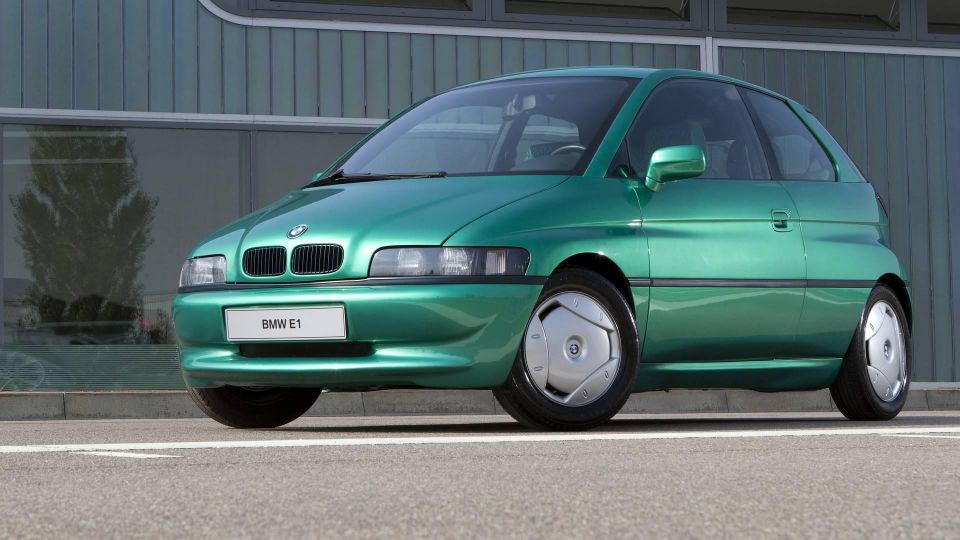

Contributor
Sedans and hatchbacks were the bread and butter for most car manufacturers in the 1990s. The SUV craze was yet to begin, and the standard menu options for buyers was whether they wanted their car in petrol or diesel.
However, more than a decade before Elon Musk unveiled his landmark Tesla Model S, Nissan unveiled the Leaf, or Renault unveiled the Zoe, other manufacturers were already experimenting with the technology.
It’s important to note the EVs detailed below are an early example of how ambitious policy can fast track the availability of cutting-edge technology to consumers.
Perhaps the most notable of these policies was the 1990 mandate from California’s Air Resources Board (CARB) for two per cent of new car sales from major OEMs such as General Motors, Toyota, and Ford to be electric by 1998.
Although this policy was relaxed by the mid-1990s, it was a primary reason for the existence of the vehicles detailed below.
The EV1 was one of the first publicly-available cars designed from the ground up to be an electric vehicle, as opposed to a vehile that has had its engine and transmission replaced with an electric motor and battery pack.
Developed specifically to raise interest in EVs in light of the new CARB mandate above, the EV1 was never available for outright sale. Instead, users in certain areas of Southern California and Arizona could lease the EV1 for around US$400-550 per month.
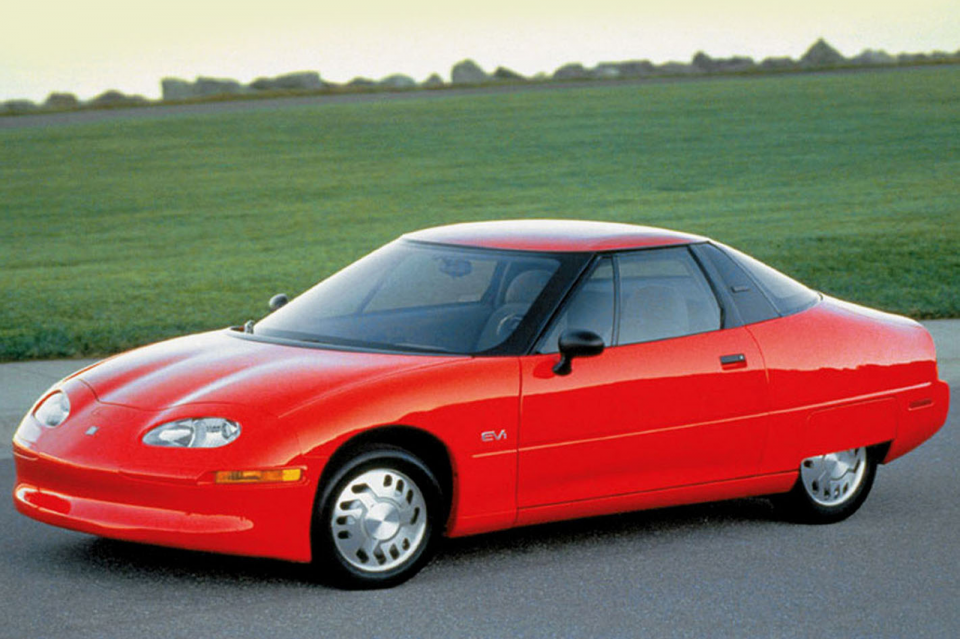
A two-seat, two-door coupe, the EV1 was also one of the first cars without a traditional key fob. Instead, drivers could enter their own unique PIN code on a pad outside the door to unlock the car.
It was one of the first vehicles to feature an ‘all digital’ LED instrument cluster (similar to those found on a typical alarm clock), and used a body-on-frame construction with an aluminium structure and plastic body panels to reduce weight and better resist carpark ding. Its teardrop shape enabled a very low drag coefficient of just 0.19.

Despite gaining a cult-like following from its owners (who even went to the extremes of staging a protest outside GM offices), the EV1 program was killed in 2003. All the cars were reclaimed and most were scrapped, although few were donated to museums.
At the time, GM noted the end of the program was due to the unprofitability of producing the EV1 as well as the added expense of maintaining specialised charging infrastructure and a servicing and parts supply network.
Key statistics:
GM was not the only major carmaker experimenting with electric vehicles during the ’90s – BMW was another entrant in the field with the E1 concept.
Much like the EV1 described above, the E1 was developed in 1990 with upcoming CARB regulations in mind, but also as a technology showcase to demonstrate what the company could do outside mass-producing traditional internal-combustion engine (ICE) vehicles.

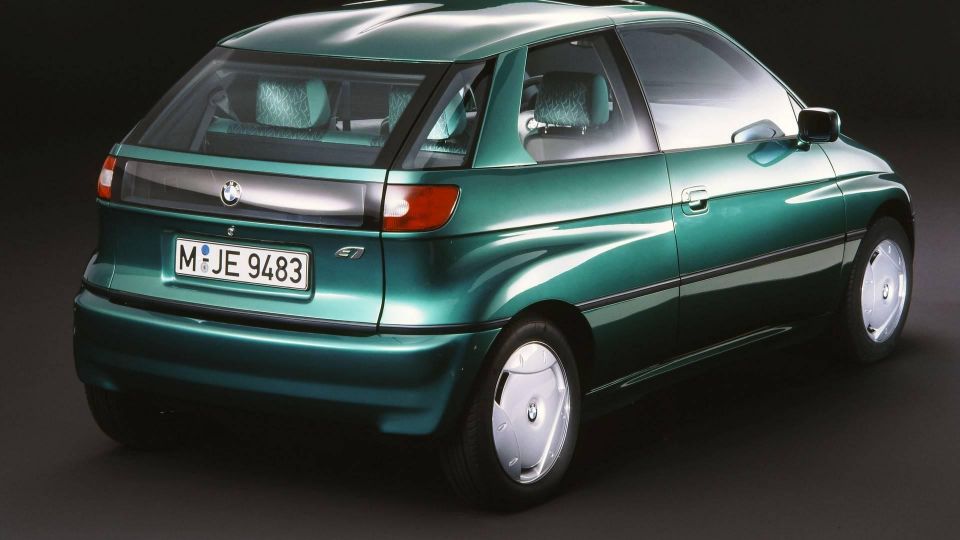
A spiritual predecessor to the BMW i3, the E1 was fundamentally a similar concept as a four-seat city car that featured an electric motor sending drive to the rear axle. An aluminium chassis alongside plastic door panels featured to offset the added weight of the batteries, and the charging port was located behind one of the kidney grilles at the front of the car.
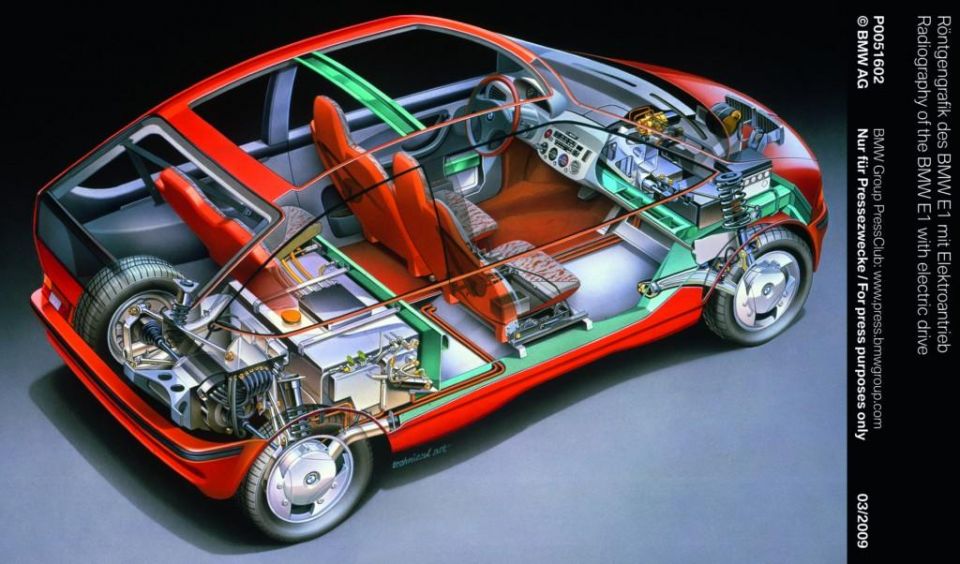
Unfortunately, the E1 was never mass-produced. Although a fully functioning, drivable prototype was revealed in 1991, the gradual relaxing of the 2 per cent CARB mandate meant BMW felt no need to sell the vehicle.
Key statistics:
Toyota is well-known as a pioneer of hybrid technology and the latest RAV4 is topping the sales charts in large part due to the availability of a fuel-efficient, powerful hybrid drivetrain across the line-up.
But did you know the original RAV4 also came as an EV in California, all the way back in 1997?
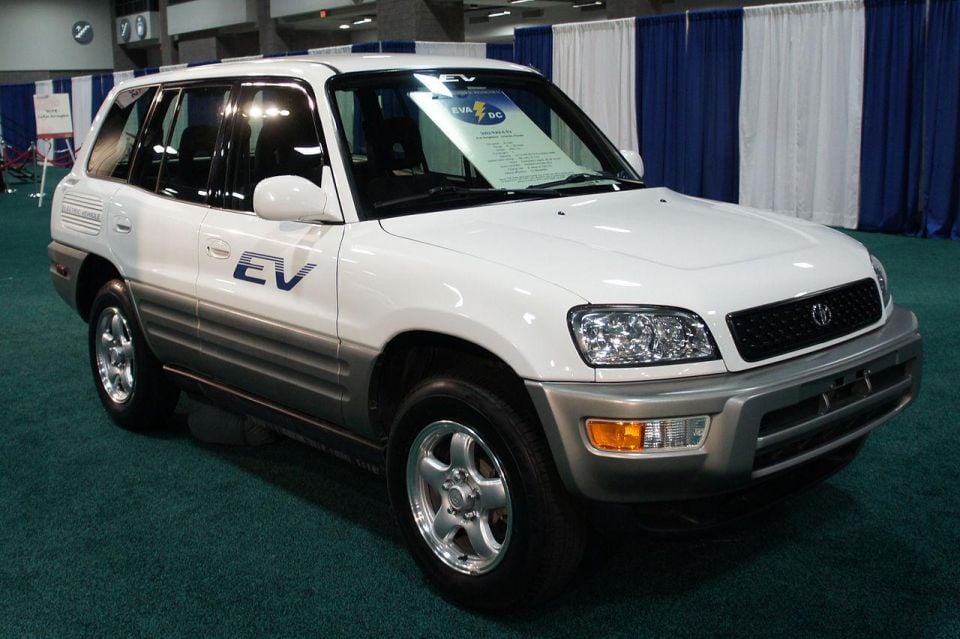
Another outcome of the CARB mandate, the RAV4 EV was a largely standard RAV4 with the engine and transmission replaced by an electric motor and battery pack sending drive through a single-speed gearbox.
Despite regular RAV4s being available with AWD, there was no dual-motor electric AWD electric model. The RAV4 EV is also notable for being one of the first electric vehicles to incorporate a more efficient heat pump to warm and cool the cabin.
Toyota is well-known for its reliability and the RAV4 EV was no exception, with the car being tested for a total of 460,000km before being introduced to the US.
Like the EV1, the high cost of buying the RAV4 outright meant the car was offered under lease to businesses and government authorities initially, before being made available by the general public on a limited basis in 2003 for a sale price of US$42,000.
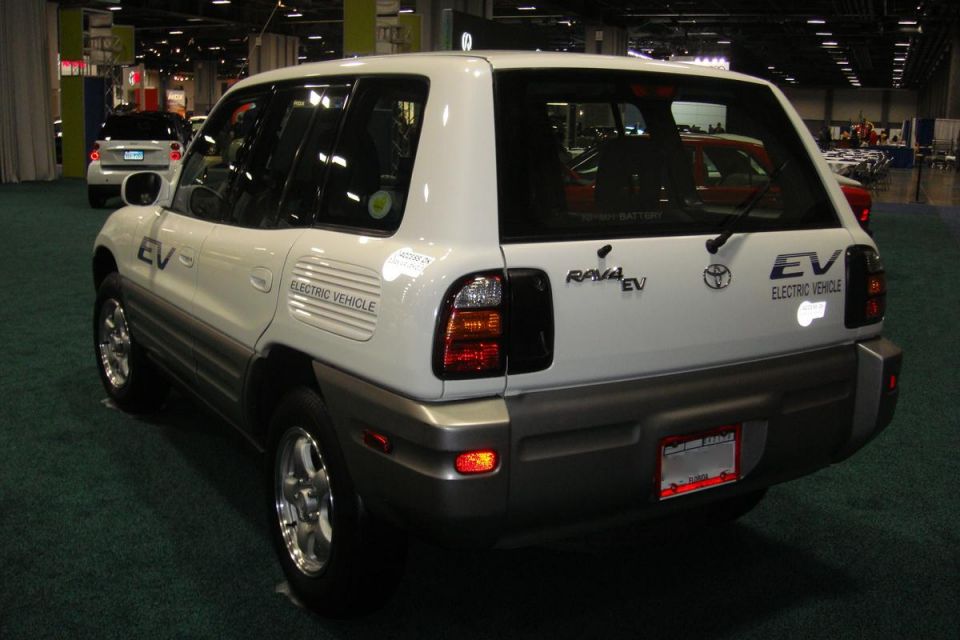
A second-generation RAV4 EV was launched in 2012, featuring an electric motor and drivetrain designed in partnership with none other than Tesla.
Key statistics:


Damion Smy
1 Hour Ago


CarExpert.com.au
3 Hours Ago


Ben Zachariah
4 Hours Ago
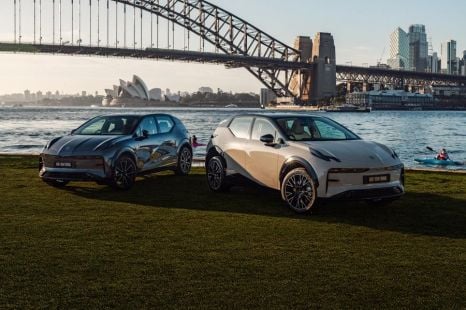

Max Davies
5 Hours Ago


Derek Fung
5 Hours Ago


Derek Fung
6 Hours Ago